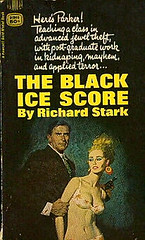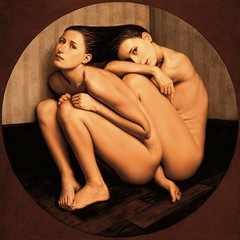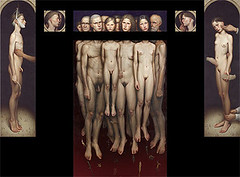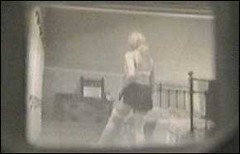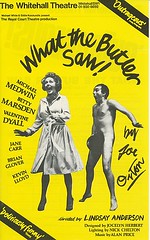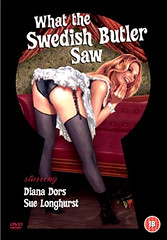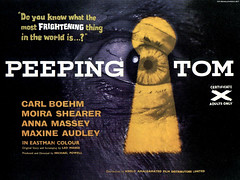[Youtube=http://www.youtube.com/watch?v=HXz22-_Io-c]
“Nobody had every done anything like this before” —Bebe Barron (1925 – 2008) on Anais Nin
- January 22 – Heath Ledger, Australian actor (b. 1979)
- February 13 – Henri Salvador, French singer (b. 1917)
- February 18 – Alain Robbe-Grillet, French writer and filmmaker (b. 1922)
- February 18 – Teo Macero, American record producer
- February 21 – Joe Gibbs, Jamaican record producer
- March 15 – Mikey Dread, Jamaican singer
- March 19 – Sir Arthur C. Clarke, English science fiction author and inventor (b. 1917)
- April 5 – Charlton Heston, 84, American actor
- April 20 – Bebe Barron, 82, American composer, pioneer of electronic music.
- April 29 – Albert Hofmann, 102, Swiss researcher, chemist and discoverer of LSD.
- May 12 – Robert Rauschenberg, 82, American pop artist.
- June 1 – Yves Saint-Laurent, 71, French fashion designer
- June 2 – Bo Diddley, 79, American rock and roll and blues singer, songwriter, and guitarist.
- June 2 – Mel Ferrer, 90, American actor, film director and producer.
- June 7 – Dino Risi, 91, Italian film director (Il Sorpasso, Profumo di donna), natural causes.
- July 4 – Thomas M. Disch, 68, American science fiction author (Camp Concentration, The Brave Little Toaster), suicide.
- July 7 – Bruce Conner, 74, American artist, natural causes.
- July 7 – Hugh Mendl, 88, British record producer.
- August 10 – Isaac Hayes, 65, American soul and funk musician, actor (South Park), stroke.
- August 17 – Manny Farber, 91, American film critic and painter.
- September 8 – Hector Zazou, 60, French composer and record producer.
- September 12 – David Foster Wallace, 46, American author and essayist, suicide by hanging.
- September 12 – Norman Whitfield, 65, American Motown songwriter (“I Heard It Through the Grapevine“), diabetes.
- September 18 – Mauricio Kagel, 76, Argentinian composer.
- September 26 – Paul Newman, 83, American Academy Award-winning actor, cancer.
- September 26 – Marc Moulin, 66, Belgian musician, cancer.
- October 11 – Alton Ellis, 68, Jamaican singer, lymphatic cancer.
- October 25 – Gerard Damiano, 80, American adult film director (Deep Throat), stroke.
- November 1 – Yma Sumac, 86, Peruvian soprano, cancer.
- November 4 – Byron Lee, 73, Jamaican musician and record producer, bladder cancer.
- November 9 – Miriam Makeba, 76, South African singer, heart attack.
- November 17 – Guy Peellaert 74, Belgian painter, illustrator and photographer.
- December 2 – Odetta, 77, American folk singer and human rights activist, heart disease.
- December 11 – Bettie Page, 85, American pin-up girl, complications from a heart attack.
- December 24 – Harold Pinter, 78, British playwright, recipient of the Nobel Prize for Literature (2005), liver cancer.
- December 25 – Eartha Kitt, 81, American singer and actress, colon cancer.

